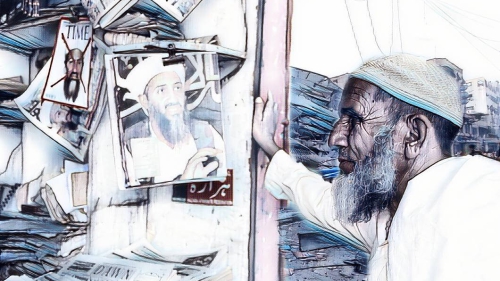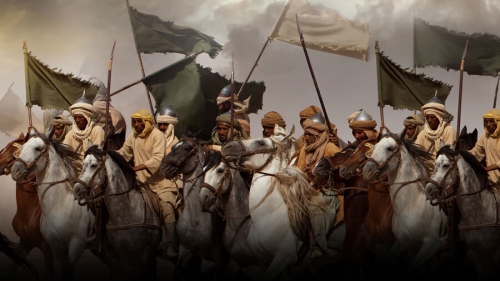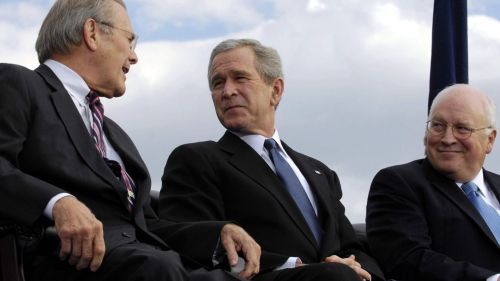How Many Civilians Can We Kill

“The wooden carts that residents use to carry vegetables and other wares in the once busy market area instead ferried out cadavers recovered from the rubble last week.”
And so . . . another “precision” bomb strike in America’s war against terror. This was the scene in Mosul earlier this month, as reported by the Washington Post. Possibly more than 200 civilians died, buried in the rubble of several buildings, which had been jammed with terrified residents of Iraq’s second largest city who were seeking shelter from the war. Many of them — including women, children — may have died slowly, buried beneath the rubble, as rescue operations took a week to mobilize.
Words fail me. So I borrow some from Air Force Brigadier Gen. Matthew Isler, who told U.S. News and World Report in the wake of the Mosul strike: “The density of the local fighting for those ground forces has changed. What has not changed is our support, our diligence in making sure we are taking the appropriate levels to make sure we are avoiding any harm to innocent civilians.”
The article, which addresses the controversy that President Trump has “relaxed” the rules of engagement in the war against ISIS, causing an increase in civilian casualties, goes on to note: “Isler specifically said the risk calculus — the number of civilian casualties acceptable to war planners, at times including the president, when considering missions — has not changed.”
The tremor I feel in these words goes deeper than another Trump controversy: “the number of civilian casualties acceptable to war planners . . .”
Even if these words were more than just PR blather and had a core of moral integrity, they stop me in my tracks. Of course, there’s nothing surprising here. This is how war works, especially today, when battlefields are coterminous with civilian living and working space. Innocent people are unavoidably taken out along with the “enemy.” This is the collateral damage that comes with every decision to wage war.
But still, how is it possible for human life to be measured and weighed in the same moral framework as abstract strategic calculation? This is the question that pulses like a heartbeat in these cold words — almost as though the soul of war itself lays suddenly exposed. Take away the bland terminology of public relations-speak and the general is saying something on the order of: Killing a high-ranking ISIS guy is worth the lives of no more than two children, max, and if we take out more it’s not our fault. The terrorists are using civilians as human shields. Or whatever.
Another hidden assumption in the U.S. News and World Report story is that “war planners,” whoever they are, have no public accountability about their choices — except in a strategic sense: Did we win? They have no moral accountability.
Why is that? This is the quintessence of spectator democracy: The American public watches war, waged in its name, on TV, at a remove that is virtually equal to its remove from the sporting events it consumes. The entirety of the public’s interest in war, at least from the perspective of the mainstream media, is limited to whether we’re winning or losing, with the “greatness” Trump has promised to reclaim for America all about copping a quick, unambiguous victory from ISIS and, more generically, from the Muslim world.
In other words, war itself — morality be damned — is embedded in the national and global infrastructure: It’s just the way things are.
“Meanwhile,” as Barbara Ehrenreich writes in her excellent book, Blood Rites, “war has dug itself into economic systems, where it offers a livelihood to millions, rather than to just a handful of craftsmen and professional soldiers. It has lodged in our souls as a kind of religion, a quick tonic for political malaise and a bracing antidote to the moral torpor of consumerist, market-driven cultures.”
But there’s more to it than this. The morality of war is indeed a serious matter, embedded as war may be into our economic and political systems. Viet Cong body counts, for instance, were an enduring part of the Vietnam War — an indication of our prowess and success — until the war utterly unraveled in defeat and two-plus decades of “Vietnam Syndrome”: the public’s disgust with the war machine. The war profiteers, military industrialists and neocons eventually succeeded in rebuilding a national war mentality, but it required eliminating the draft so that most Americans were not personally affected by it; and all the blood and gore were removed from the PR of war, exemplified by Gen. Tommy Franks’ famous utterance, as the invasion of Afghanistan was underway: “We don’t do body counts.”
So maybe war — with its unquestioned, trillion-dollar annual drain from the U.S. budget — remains “a kind of religion,” but only if the public at large can be kept at a distance from its stench and realness. “The number of civilian casualties” that are acceptable must be left to the war planners, not thrown open to public discussion.
And what discussion there is must be in the pretend language of the war planners, concerning acceptable levels of collateral damage, not cadavers in vegetable carts.
What I’m trying to say is that the public truly lacks the will to wage war and has already begun abandoning it as a religion. Disengaging from it economically is more complicated and probably cannot begin until the media begin reporting on war with raw honesty, from the point of view of its victims, not its planners.
*****
Robert Koehler is an award-winning, Chicago-based journalist and nationally syndicated writer. His book, Courage Grows Strong at the Wound is available. Contact him at [email protected] or visit his website at commonwonders.com.
© 2017 TRIBUNE CONTENT AGENCY, INC.

















